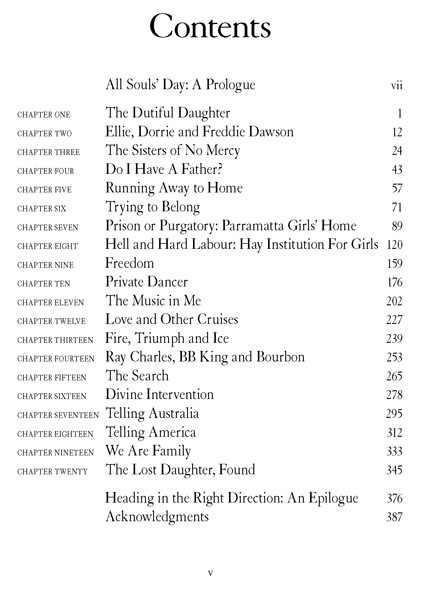1. Decide what will happen.
Map out your plot, setting and characters. Write an outline on the computer or put your ideas on index cards and post them on a bulletin board where they can be easily seen.

2. Organize a list of chapters
Know ahead of time which events will happen when. Chapters headings should give some indication of what will happen in the chapter. Keep them short. Blogger Kathleen Temean recommends each chapter should be 400 to 1,000 words in length.

3. Do character sketches
Who are your characters? What do they do? What changes will your main character undergo? Make sure he or she is three-dimensional. Kathleen Temean says that your protagonist can be mischievous, can make mistakes, but shouldn't be amoral. Avoid anthropomorphic characters (animals with human characteristics).

4. Picture the setting
While plot and characters are often the focus of an author, setting is often neglected. However, setting "provides the backdrop against which your dramas ultimately play out," (http://www.writersdigest.com/tip-of-the-day/discover-the-basic-elements-of-setting-in-a-story). If the setting is a real place, heavily research it. If it is a fictional place, it can always loosely be based on a real place. Setting can give your story mood, meaning and theme. Keep it in mind as you string your story together.

5. Plan out the Plot
According to Jennifer Jensen, a chapter book plot should be "dramatic, but not nightmarish". The plot can be fast paced, but not too complex. Keep it clear and simple.

"An effective piece of writing contains a single, dominant message," says blogger Chip Scanlan. What is my story really about? You should be able to narrow your theme down to one sentence.
Keep your theme uppermost in your mind as you write your story.

7. Get inspired
Avid readers make avid writers. Read 100 chapter books to get ideas. Jennifer Jensen recommends the following series:
-Junie B. Jones
-Judy Moody
-Ruby Lu
-Mallory
-The Magic Treehouse
-Flower Fairy Friends
-Fish Face
I also recommend the series:
-I Survived (ex. the Chicago Fire, the Nazi Invasion, the Battle of Gettysburg, etc)

8. Start Writing
According to Kathleen Tremean, a chapter book should include lots of dialogue. Sentences and paragraphs should be short. Language should be vivid. Infuse your story with humour, which should be age-appropriate. Don't forget to include some illustrations.

9. Edit, Edit, Edit
Give your book to a few people, ideally children who are your potential audience, to read. Ask for feedback. Look for constructive criticism. Wait a month or two. Go back to your manuscript and implement some of the suggested changes.

10. Be Patient! Don't give up! Wait for the right opportunity to publish your manuscript. Good things come to those who wait.

No comments:
Post a Comment